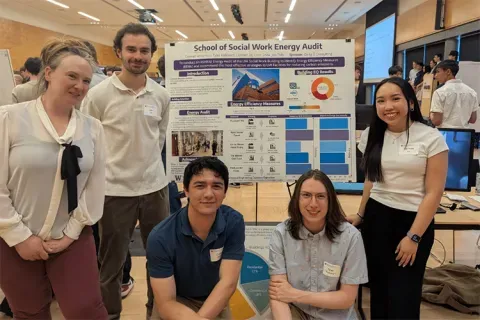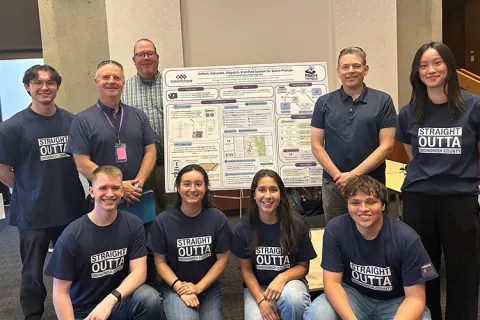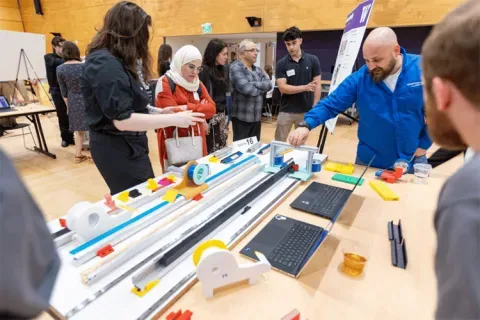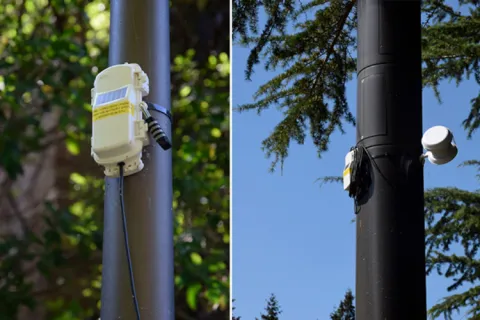GE Vernova
Grid Optimization: AC OPF Software
The electric grid’s optimal power flow (OPF) aims to determine the optimal dispatch for power generation resources, flexible/controllable loads, energy storage, and power flow control equipment that optimize one or more objectives (e.g., minimize system operation cost, system losses). It is a core part of tools used by utilities to manage the electric system at different stages (e.g., long-term planning, mid-term operational planning in day-ahead, short-term operations in real-time), such as energy management system (EMS) and market management system (MMS). The linearized/simplified OPF problem (i.e., direct current (DC) OPF) is commonly used in industry practices because of its computational advantage/simplicity. Meanwhile, the alternating current (AC) OPF, that comes with improvements in system’s economics and operations compared to DC OPF, is within reach for industry adoption, thanks to proven advancements in optimization solvers and computational hardware capabilities. ARPA-E’s GO Competition achievements [https://gocompetition.energy.gov/], and ongoing disruptive changes in energy systems (e.g., increasing penetrations of distributed energy resources (DER), intermittent resources, energy storage, etc.) have proven the possibility and value of using AC OPF in industry applications. Accordingly, the project’s objective is to build a (scalable) electric grid software to solve the AC OPF problem for the electric grid, following ARPA-E’s GO Competition framework and results. This is a step towards building a testbed to experiment ideas and engage students and researchers to solve the AC OPF problem. It is a multi-disciplinary area that involves power systems, operations research (optimization), and software engineering domains. Participating students will have the opportunity to gain hands-on experience and deep technical understanding in these domains, which are valued by many leaders in the software and energy industries, including GE Vernova. Starting with “ARPA-E’s GO Competition Challenge 1” results, conclusions, and learned lessons from participants [https://gocompetition.energy.gov/challenges/challenge-1] to decide the design and details of the AC OPF software to build. It is expected to consider best practices in software design and development (e.g., modularity, scalability, flexibility, documentation) to be useful as a testbed to test ideas and/or as a core to build on top of it (e.g., more sophisticated mathematical formulation for AC OPF). The following are the key components: 1. AC OPF formulation: To start with a simplified version of GO Competition Challenge 1 formulation in [https://gocompetition.energy.gov/sites/default/files/SCOPF_Problem_Formulation__Challenge_1_20190412.pdf]. 2. Coding language: C++, Python, MATLAB, Julia, Java, AMPL, or any applicable language. 3. Optimization solver: IPOPT, or any solver that could handle the problem (e.g., Gurobi, CPLEX, as applicable). 4. Power system data sets (Inputs/Outputs): To follow on of the “ARPA-E’s GO Competition” formats and/or common formats used in the industry and academic research. Examples: [https://gocompetition.energy.gov/challenges/22/datasets] [https://electricgrids.engr.tamu.edu/] This student team will work to create a software that fulfills the following: 1. Takes power system data as an input, in a common format adopted by industry/researchers. 2. Runs the AC OPF for the power system and reaches an acceptable optimal solution within acceptable time window. Please refer to ARPA-E’s GO Competition for details. 3. Populates the results in a common data format adopted by industry/researchers. 4. Software documentation to make accessible and useable by the large community of researchers and students to explore AC OPF, test ideas, build applications on top of it, etc.
Faculty Adviser(s)
Baosen Zhang, Electrical & Computer Engineering
Related News

Mon, 10/13/2025 | UW Mechanical Engineering
Capstone collaboration leads to award
An ME capstone team received first place for its energy audit of the UW School of Social Work building.

Thu, 07/17/2025
UW engineering students develop smart ballot solution
UW engineering students develop smart technology solution to improve ballot collection for Snohomish County.

Mon, 07/07/2025 | UW Mechanical Engineering
Capstone creations
Students displayed innovative capstone design projects at the 2025 expo.

Fri, 09/20/2024 | UW Civil & Environmental Engineering
Smarter irrigation for a greener UW
A new project combines satellite data with ground sensors to conserve water and create a more sustainable campus environment.